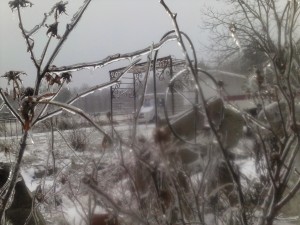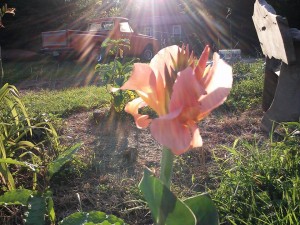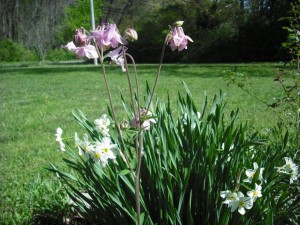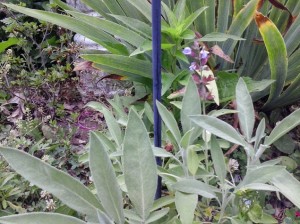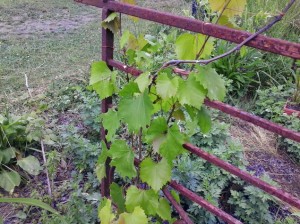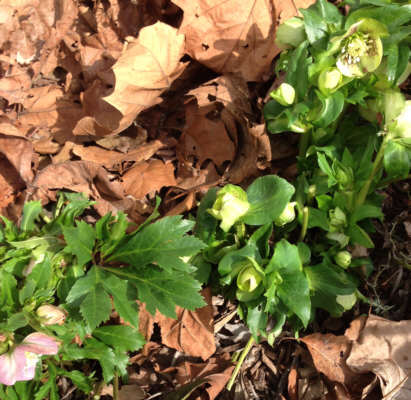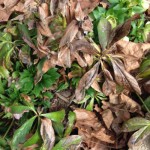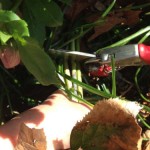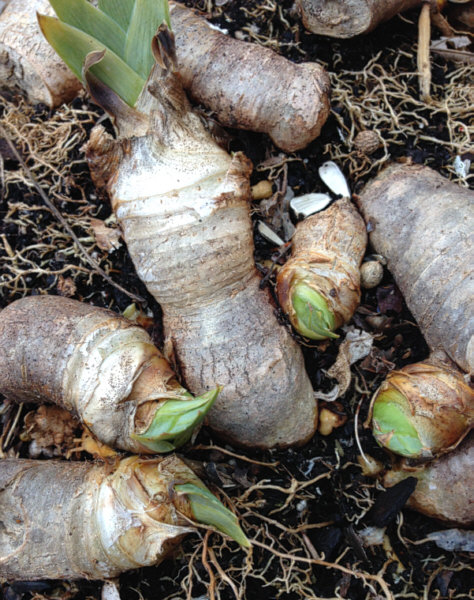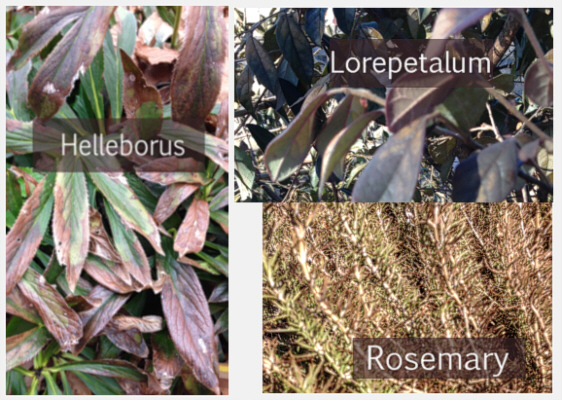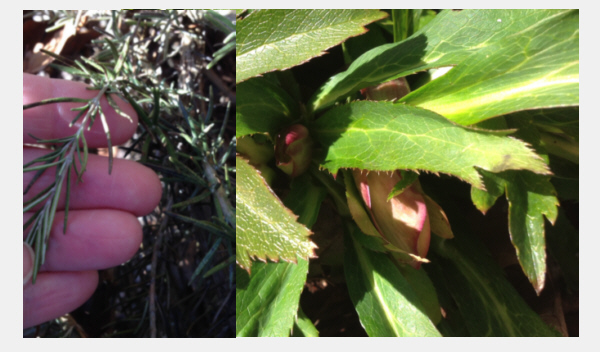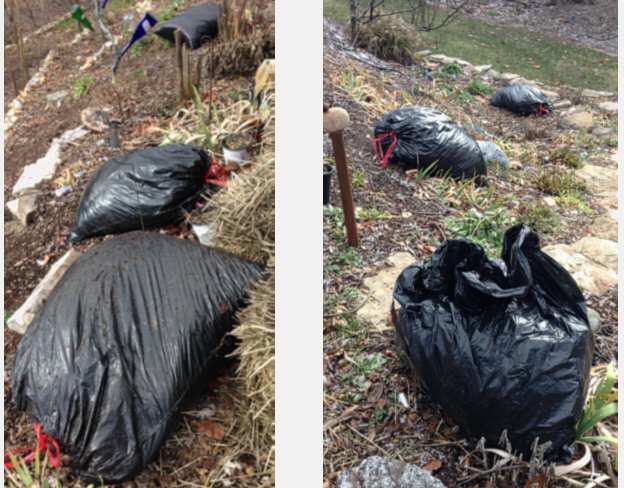Homemade Satsuma Marmalade
Just as the taste of a homegrown tomato cannot compare to the grocery store version, so too is it with homemade marmalade where the flavor pops on your tongue.

Satsuma Marmalade
This recipe is simple, delicious and a great recipe for beginning canners. 100% deliciousness in a jar that goes perfectly on toast, saltines, chicken, pork, with coconut shrimp, and, and, and…
Tie a pretty ribbon around the top and it makes a great gift at any time.
Ingredients:
- 12 Satsumas (about 2.5 pounds, can substitute Mandarin or Clementine oranges), quartered and thinly sliced, discard any seeds.
- 1 lemon, zest and juice, discard any seeds
- 6 cups of water
- 4 pounds of sugar

Equipment:
- Saucepan
- Candy Thermometer
- Jelly Jars, Lids, and Rings
- Wooden Spoon
- Ladle
- Funnel
1. Wash the fruit with warm water and scrub with a brush to remove any dirt, grime or sprays that may have been used on the fruit before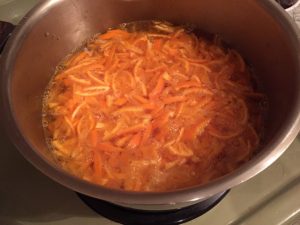 harvest.
harvest.
2. Quarter and cut the satsumas into thin slices.
3. In a heavy saucepan add water, all the fruit and lemon (zest and juice). Bring to boil and then simmer for 35-45 minutes until peel is tender.
4. Prepare your jars.
5. Remove pot from heat and add the sugar. NOTE: the rinds will stop softening once the sugar has been added, be sure it is to you desired tenderness before adding sugar.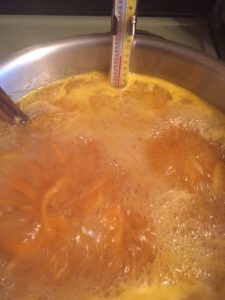
6. Over medium heat, bring the fruit/sugar mixture up to boiling – stirring constantly. Cook to the jellying point (222 degrees F on a candy thermometer). Once the temperature starts rising over 212 degrees, it will take an additional 30-45 minutes to get to this point. Do not rush here as your marmalade will not set if you are impatient.
7. Ladle hot marmalade into jars, leaving 1/4 inch head space. Wipe jar rims and adjust lids. Process for 5 minutes in a waterbath canner.
8. Check seals when cool and label. ENJOY!

Satsuma Marmalade going…going…gone
